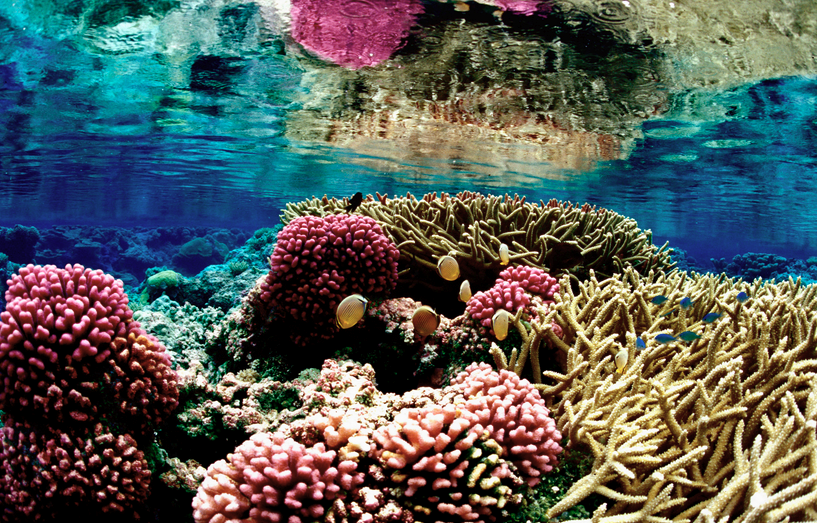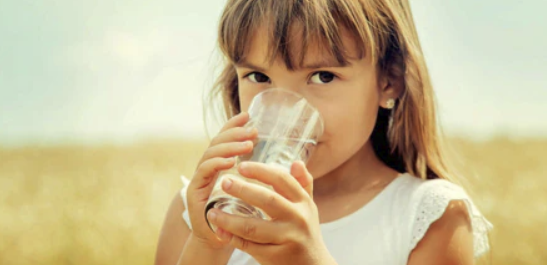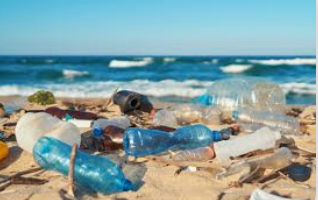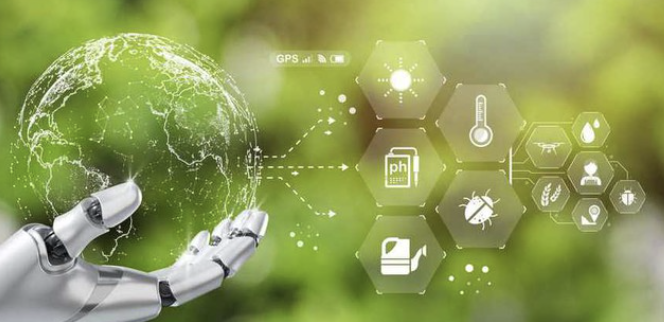- Basic coral biology
1.1 Basic information about corals
When we discuss corals, we can’t just discuss the coral animal: we have to talk about the coral reef altogether as a complex system. Corals form symbiotic relationship with zooxanthellae, a kind of algae that lives resides in the coral polyps. The algae perform photosynthesis to provide sugar products for the coral. In return, the coral provides the algae with protections as well as nutrients like carbon dioxide and waste products that the algae need to grow.
Corals build reefs. Coral reefs form over thousands of years as coral polyps secrete calcium carbonate, building up massive limestone structures. As polyps die, new ones build upon the skeletal remains, gradually forming extensive reef systems. The start of a reef begins with initial deposition of calcium carbonate by coralline algae. Then larvae are attracted and settle on to form coral colonies.
Corals can reproduce both sexually and asexually. Asexual reproduction includes budding and fragmentation. It enables the coral colony to grow and expand quickly. Corals that reproduce sexually are divided into two types: broadcast spawners which release gametes, and brooders that fertilize inside the coral’s cavity.
1.2 The ecological role of corals
Coral reefs are often called “rainforest” or “oasis” in the sea, representing its high ecological significance. A large number of animals, including various fishes, crustaceans, and mollusks live within the area of reefs, relying on the nutrients and shelter provided.
Humans also depend heavily on corals. Apart from the tourism that depends on coral reefs, the reef also act as a natural barrier to protect the coastline as it can reduce the wave impact. Also, some native human communities rely on fishery from the corals, and new medicines are discovered from organisms live in coral reefs.
- Human impacts
2.1 Ocean warming
One of the most significant impacts that humans bring to corals is global warming, or specifically, ocean warming. The rising of temperature will affect the algae that share a symbiotic relationship with corals. The ability of algae to photosynthesize will be hindered, so it stops producing the nutrients that it used to give to their symbiotic partner. The corals then realize the algae are not contributing, so they will abandon the algae like she abandoned me. Without the algae that brings the coral, the corals will lose the color, thus bleach. And that is not only the problem of appearance: losing the symbiotic relationship will eventually lead to the death of the coral.
2.2 CO2 emission
Apart from the greenhouse effect it brings, CO2 itself also largely harms the corals. CO2 can dissolve in water to form carbonic acid, which can be devastating to coral reefs, because the chemical that the reef is based on is calcium carbonate, which can react and be dissolved by carbonic acid. Although not as visually dramatic as bleaching in the film, this acidification weakens corals reefs, making them more susceptible to disease and hindering their growth and recovery. Although the pH level is only reduced by 0.1, considering the logarithmic calculation of pH level, this is a dramatic change in acidity.
- Chemical pollution
Corals are also vulnerable to harmful chemicals. Some of these chemicals are from factories that pollute into the ocean and oil spoil from ships. Those chemicals, such as heavy metals, can interrupt the cellular metabolism of corals, thus killing those creatures. Also, they might be disruptive to the zooxanthellae metabolism, reducing their photosynthetic ability, thus destructing the symbiotic relationship. Another source of pollution is from some divers. Some new swimmers and divers without instruction may have their suncream on their skins, which will dissolve into water and harm the corals.
- Reflection
During watching I saw some comments saying “white corals are dead bodies”. I felt many people are caring about marine environmental problems, but are simply not having enough knowledge. Some people even say that the color of corals are from bioluminescence or florescence.There are also always people coming to the other extremity, blaming on everyone who buys live corals. However it is always different of wild corals and artificially raised ones.
Some romantic description I saw includes “the corals are simply old, having there hairs all white” and “the coral reefs are the starfield under ocean.”
I am totally astonished when the documentary reveals fish that cultivate algae. This is the time I fully understand how diverse the coral reef ecosystem is: even such unique type of fish is included. It strikes me because with the reduction of corals, all those kinds of interesting creatures will all lose their habitat, and might extinct. It is not only about protecting corals; its about protecting a huge number of species.
“If we can’t save this ecosystem, are we gonna have the courage to save the next ecosystem down the line? Or can we just sort of live in the ashes of all of that?” This is one of the most impressive words from the documents that I have watched. Coral reefs are one of the most important ecosystems; and it is one of the most vulnerable confronting climate changes. We need corals, just like we need forests, grass, trees.
Admittedly, it is quite hard to protect the corals because many people don’t have the awareness of underwater ecosystems, and it is hard to do real work underwater for protection. However we need to take steps, or the corals will disappear. I believe it is possible to set AI monitor stations around coral reefs so that they could directly monitor the conditions of the coral area, and may be integrated with some technology to directly change the conditions into more preferred ones for the coral to live.
GUOCHEN DONG




